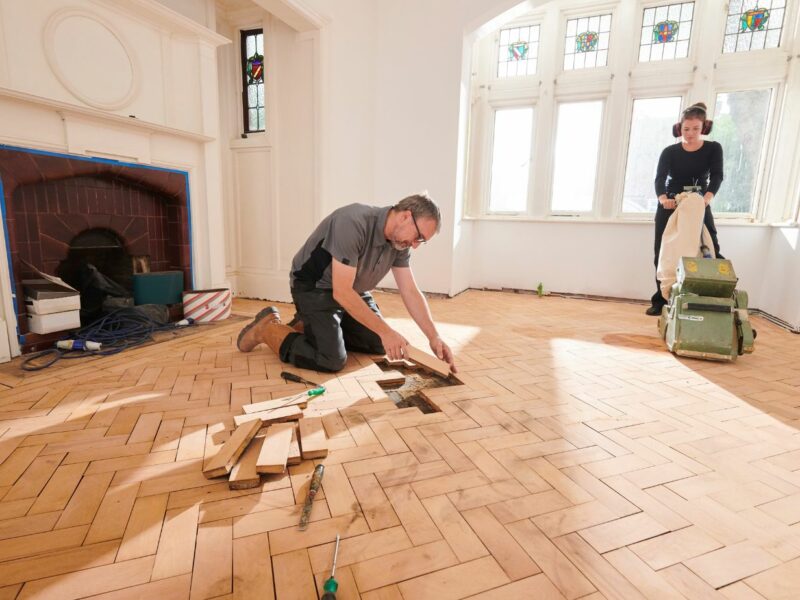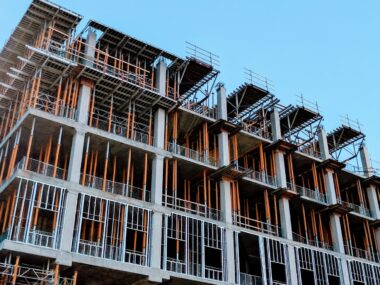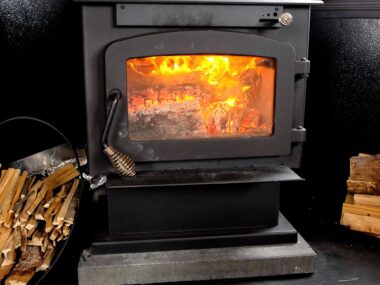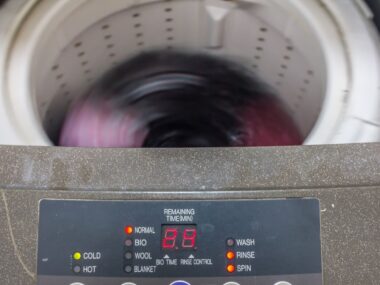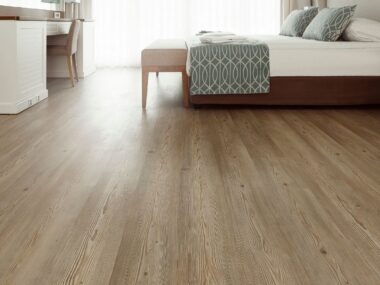Over time, floors in commercial and residential settings can lose their luster, showing signs of wear and tear that compromise both aesthetics and functionality. For property owners and facility managers faced with this challenge, understanding effective floor restoration techniques is crucial to rejuvenating old and damaged surfaces without the need for costly replacements.
Assessing the Condition
Before embarking on any restoration project, a thorough assessment of the floor’s current condition is essential. This initial step helps identify the extent of damage, whether it’s scratches, stains, uneven surfaces, or worn-out finishes. Different flooring materials such as hardwood, vinyl, tile, or concrete require tailored restoration approaches suited to their specific properties and vulnerabilities.
Cleaning and Preparation
Effective floor restoration begins with meticulous cleaning and preparation.
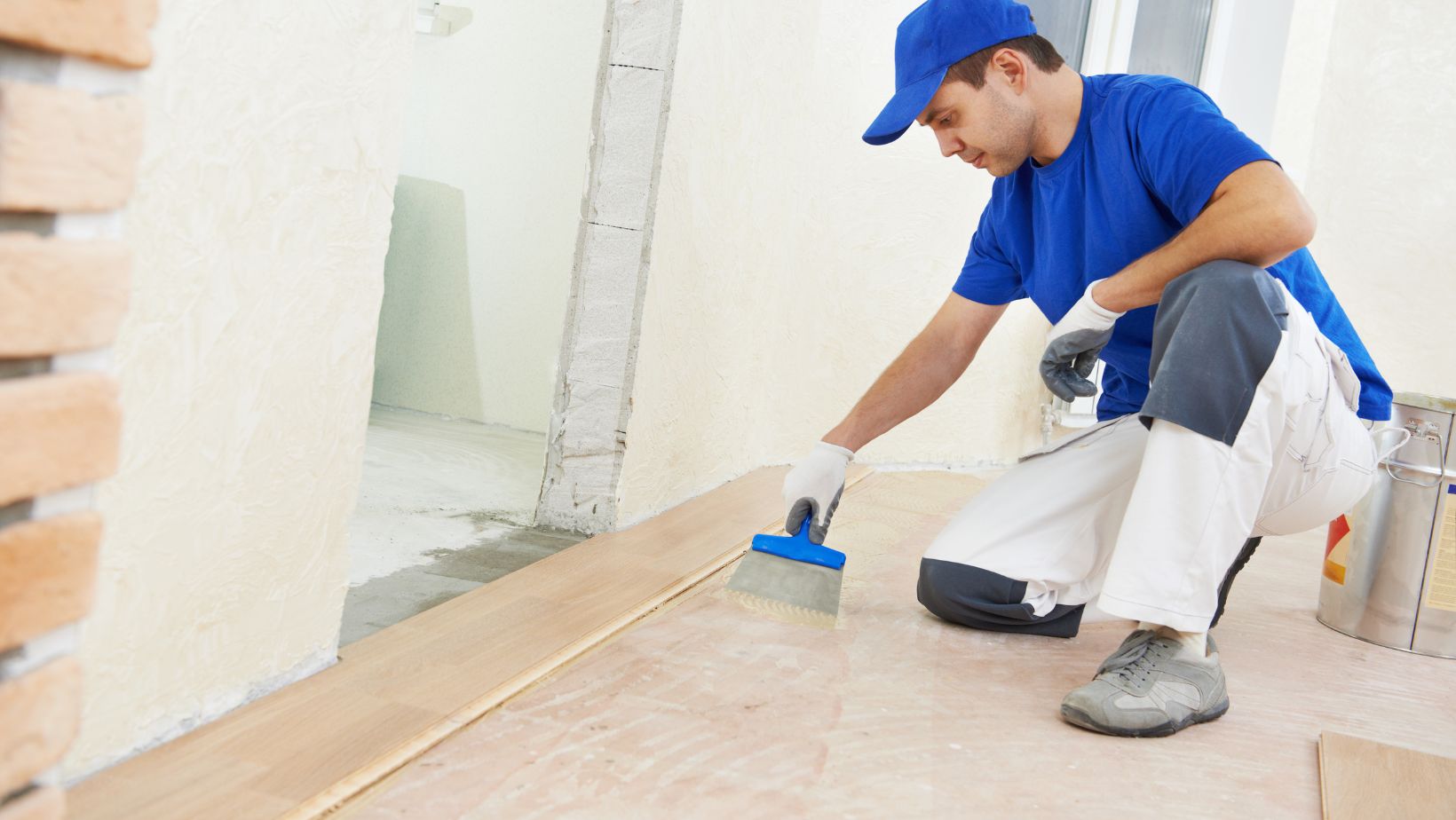
This involves removing dirt, grime, and old coatings that may obscure the surface. Techniques such as deep cleaning, stripping old wax or sealants, and addressing specific stains or discolorations set the stage for subsequent restoration steps. In healthcare settings, particularly where hygiene is paramount, specialized cleaning methods ensure floors are not only restored but also sanitized to meet stringent health standards. For even more effective results, consider SweepScrub, a cleaning solution that guarantees both hygiene and thorough floor restoration, ideal for maintaining cleanliness in high-standard healthcare environments.
Repairing and Refinishing
For damaged floors, repairs are often necessary before refinishing can occur. This may include filling cracks, repairing loose tiles, or addressing water damage. Once repairs are completed, refinishing techniques are applied to restore the floor’s appearance and functionality. This could involve sanding and resealing hardwood, polishing and buffing stone or concrete surfaces, or applying new coatings to vinyl or laminate floors to enhance durability and visual appeal.
Sustainable Practices
In today’s environmentally conscious landscape, sustainable floor restoration practices are gaining prominence.
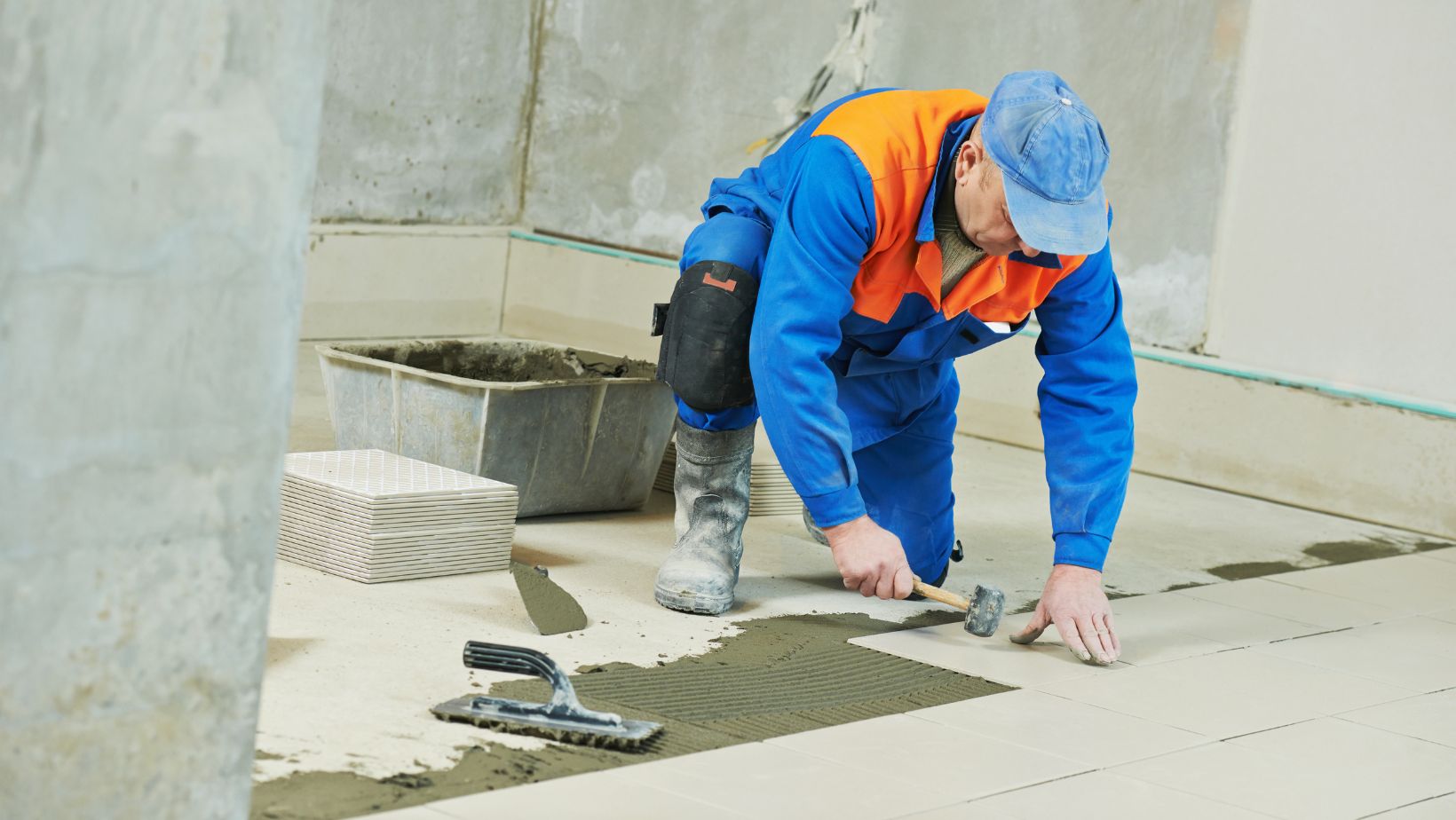
Choosing eco-friendly cleaning agents, opting for low-VOC (volatile organic compound) finishes, and employing energy-efficient equipment not only minimize environmental impact but also contribute to healthier indoor air quality—a crucial consideration in healthcare and residential environments alike.
Professional Expertise
While DIY solutions exist, enlisting the expertise of professional floor restoration services ensures optimal results. Companies like MCA Group in Ontario offer specialized knowledge, state-of-the-art equipment, and a commitment to quality craftsmanship. Their experience spans various flooring types and conditions, providing tailored solutions that extend the life of your floors while enhancing their appearance and functionality.
Conclusion
In conclusion, restoring old and damaged floors requires a strategic approach that balances effective techniques with sustainable practices. Whether in commercial buildings or residential homes, maintaining floors not only preserves their aesthetic appeal but also ensures safety and longevity.
